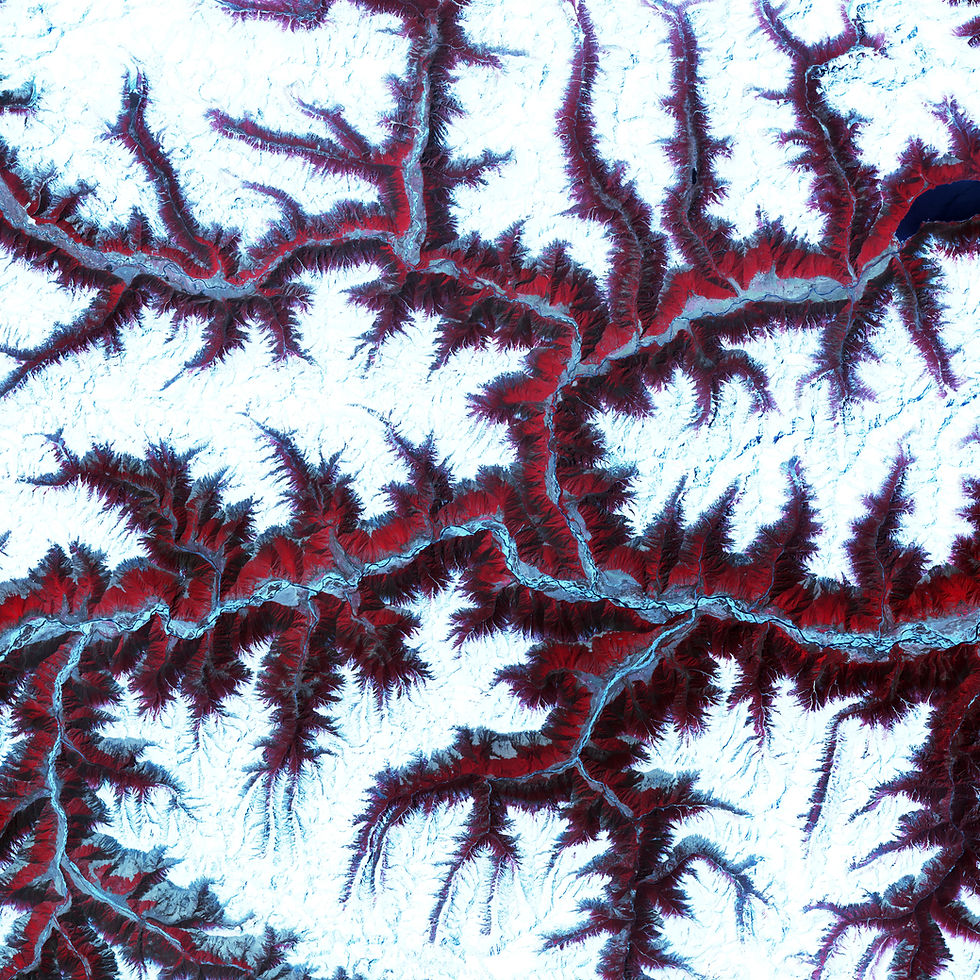

Protect Snow Leopards
The ghost cat of the mountains is one of hardest endangered species to study. Kashmir Robotics' application of deep learning and computer vision will enhance the efficiency and reliability to interpreting images from camera traps, integration of robotics including aerial robotics will expand coverage and provide persistent imagery of snow leopards.
Studying snow leopards poses significant challenges due to their elusive behavior and the rugged mountainous terrain they inhabit, resulting in limited information on their population and ecological dynamics. This study seeks to revolutionize our understanding by implementing an innovative monitoring program that leverages cutting-edge technology, combining drones and artificial intelligence. This approach will enable us to closely observe and comprehend the movements of snow leopards and their prey in areas representative of their distribution across the expansive Himalayan range spanning 12 countries.
The knowledge gained on the spatial structure of the snow leopard population is crucial for comprehending animal movements at the landscape level, population connectivity, and the operation of metapopulations across a broader landscape. Such insights are imperative for the landscape-level management of species, aligning with the goals outlined in the Global Snow Leopard and Ecosystem Protection Program (GSLEP).
This proposed project aims to pioneer technology tailored for the conservation of snow leopards and their habitats. The technological advancements encompass the design of drones specifically suited for the challenging snow leopard terrain, coupled with artificial intelligence for the efficient collection, management, and analysis of field data. A key component involves training a cadre of researchers, students, and practitioners in state-of-the-art technology developed for monitoring snow leopards and their prey species. Anticipating that this training in cutting-edge techniques will significantly enhance the effectiveness of ecological monitoring of mountain biodiversity, it holds the potential to boost ecological research capacity more broadly.
Ultimately, this project lays the groundwork for a deeper understanding of the ecology and dynamics of snow leopards, shaping socio-ecological conservation strategies across the 20 key snow leopard landscapes identified by GSLEP. Beyond its impact on the scientific understanding of these elusive creatures, the implementation of an efficient monitoring system will provide crucial landscape-level information currently lacking for snow leopards and the communities within their range. This information will, in turn, refine conservation decision-making processes, transcending political boundaries and contributing to the broader goal of safeguarding these majestic creatures and their unique mountainous habitats.
Project Numbers
4000
Snow leopards live across a vast area of northern and central Asia, including the Himalayan Mountains. It is estimated that there are 3,500 to 4,500 snow leopards living in the mountains of central Asia.
18K
In the Himalayas, snow leopards live in high alpine areas, mostly above the tree line and up to 18,000 feet in elevation.
12
They are found in 12 countries—including Kashmir, China, Bhutan, Nepal, India, Pakistan, Afghanistan, Russia, and Mongolia.
Project Gallery






